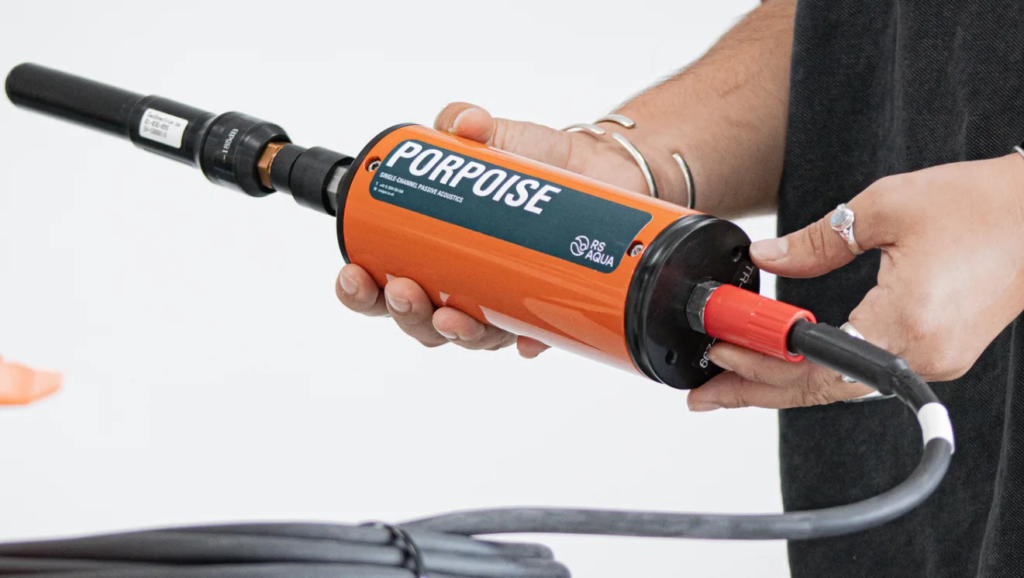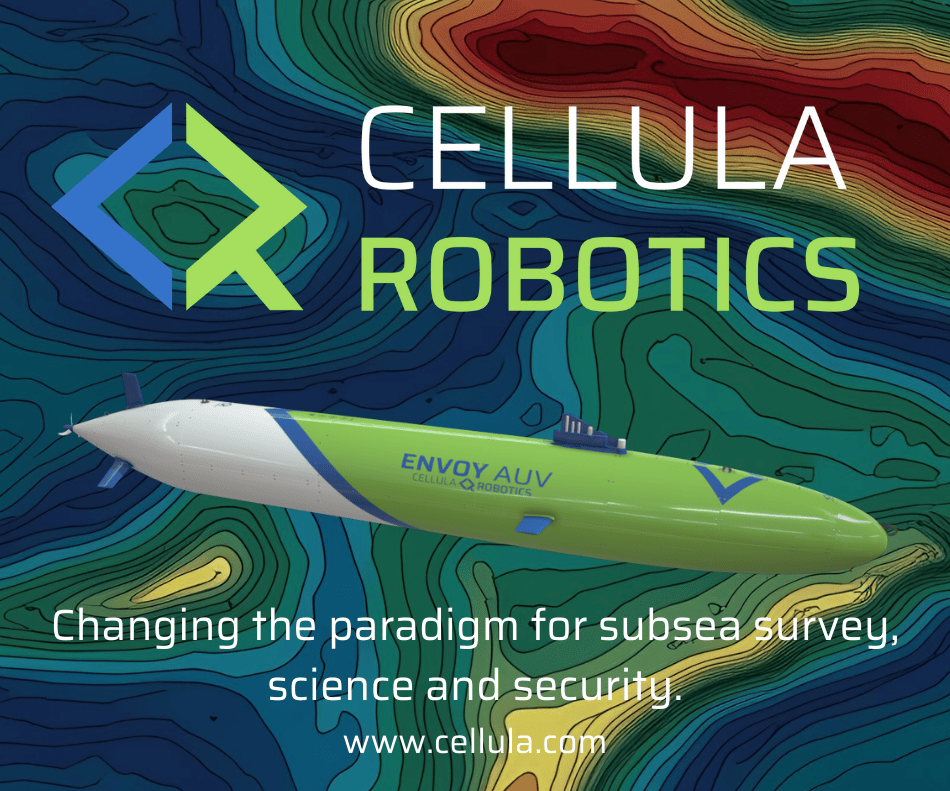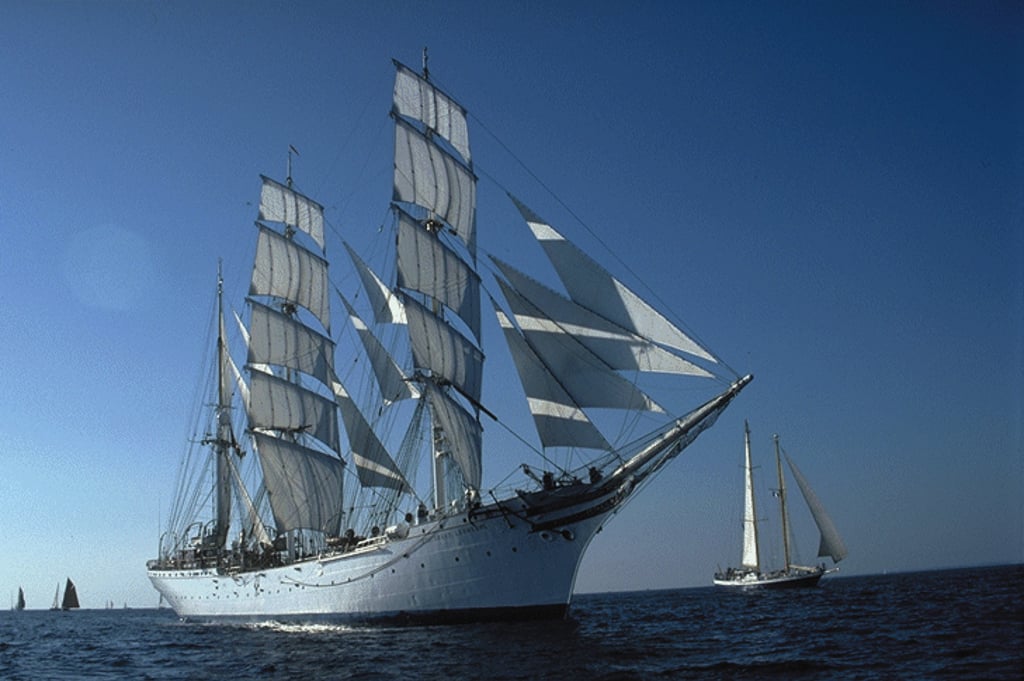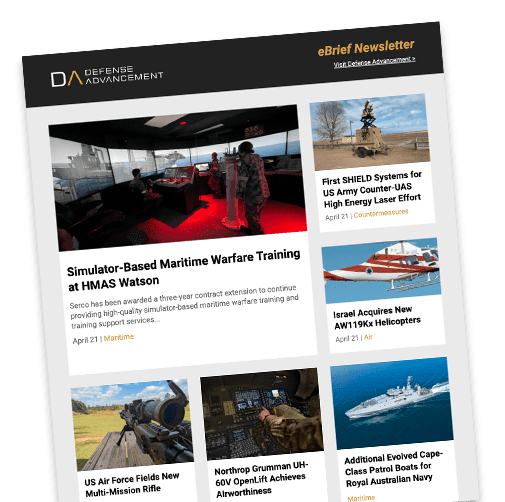
Connect with Leading Marine Technology Innovators
Discover cutting-edge solutions from leading global suppliers
Hydrophones are specialized underwater microphones engineered to detect, process, and record sound waves in aquatic environments.
By converting pressure fluctuations into electrical signals, hydrophones serve as vital instruments for marine research and underwater surveillance.
Hydrophones fall into two primary categories: active and passive, with variations existing within each group. Passive hydrophones capture underwater soundwaves, including marine mammal vocalizations, wave activity, and vessel noise.
Active hydrophones transmit sound waves, typically as sonar pulses, and then detect the returning echoes that bounce off objects in the water. This technique allows for the identification, localization, and mapping of underwater structures while also facilitating precise distance measurements between two points.
Applications of hydrophones include:
- Underwater mapping
- Submarine detection and communication
- Integration with sonar systems
- Detection of illegal fishing
- Offshore renewable energy development
- Environmental monitoring
- Scientific research, including aquatic species tracking
Selecting a Hydrophone
Several factors should be evaluated before selecting a hydrophone:
Bandwidth: Hydrophones function across various frequency ranges. Low-frequency models are suited for underwater communication and geological noise monitoring, such as tectonic plate movement and sea floor activity. Higher-frequency hydrophones are optimized for detecting the clicks and whistles of marine mammals and the sonar signals used by industrial and recreational vessels.
Sensitivity: Ocean noise levels vary from low-energy sounds, such as those produced by feeding fish, to high-energy disturbances like wind farm construction. Hydrophones can be tailored to accommodate these noise levels. High-sensitivity models are typically better for capturing faint sounds, while lower-sensitivity models handle louder noises more effectively.
Directionality: Some hydrophones are omnidirectional, capturing sound from all directions, while others are directional, detecting sound from a specific angle.
Depth: Hydrophones are designed for deployment at different depths, ranging from shallow coastal waters to deep-sea environments.
Hydrophones can be also deployed on a variety of systems, such as:
- Autonomous underwater vehicles (AUVs)
- Uncrewed surface vehicles (USVs)
- Survey vessels
- Buoy systems
- Vessels of opportunity
Industry Significance of Hydrophones
Hydrophones have played a key role in various sectors, from naval defense to conservation efforts aimed at protecting endangered species.
Domain Awareness
Modern hydrophones are key for detecting underwater sounds at significant depths and distances in maritime domain awareness (MDA). They are used for monitoring noise levels in oceans, seas, and waterways to support maritime safety, compliance, and ocean conservation efforts.
Detecting Endangered Species
Hydrophones also play a crucial role in detecting sounds produced by endangered species such as whales. By capturing both low- and high-frequency sounds, researchers can study these creatures’ behavior, migration patterns, feeding zones, and environmental threats.
Offshore Operations
Hydrophone systems can also critical l for monitoring at-risk marine mammals during offshore operations, aiding in regulatory compliance and conservation efforts.
The offshore renewable energy industry has expanded rapidly in the past decade. While offshore wind farms and other renewable projects contribute to sustainable energy solutions, marine ecosystems and their inhabitants are highly protected and can be affected by such developments.
Offshore construction and development are heavily regulated, with environmental impact assessments and underwater acoustic monitoring playing a critical role in ensuring compliance with conservation guidelines.












